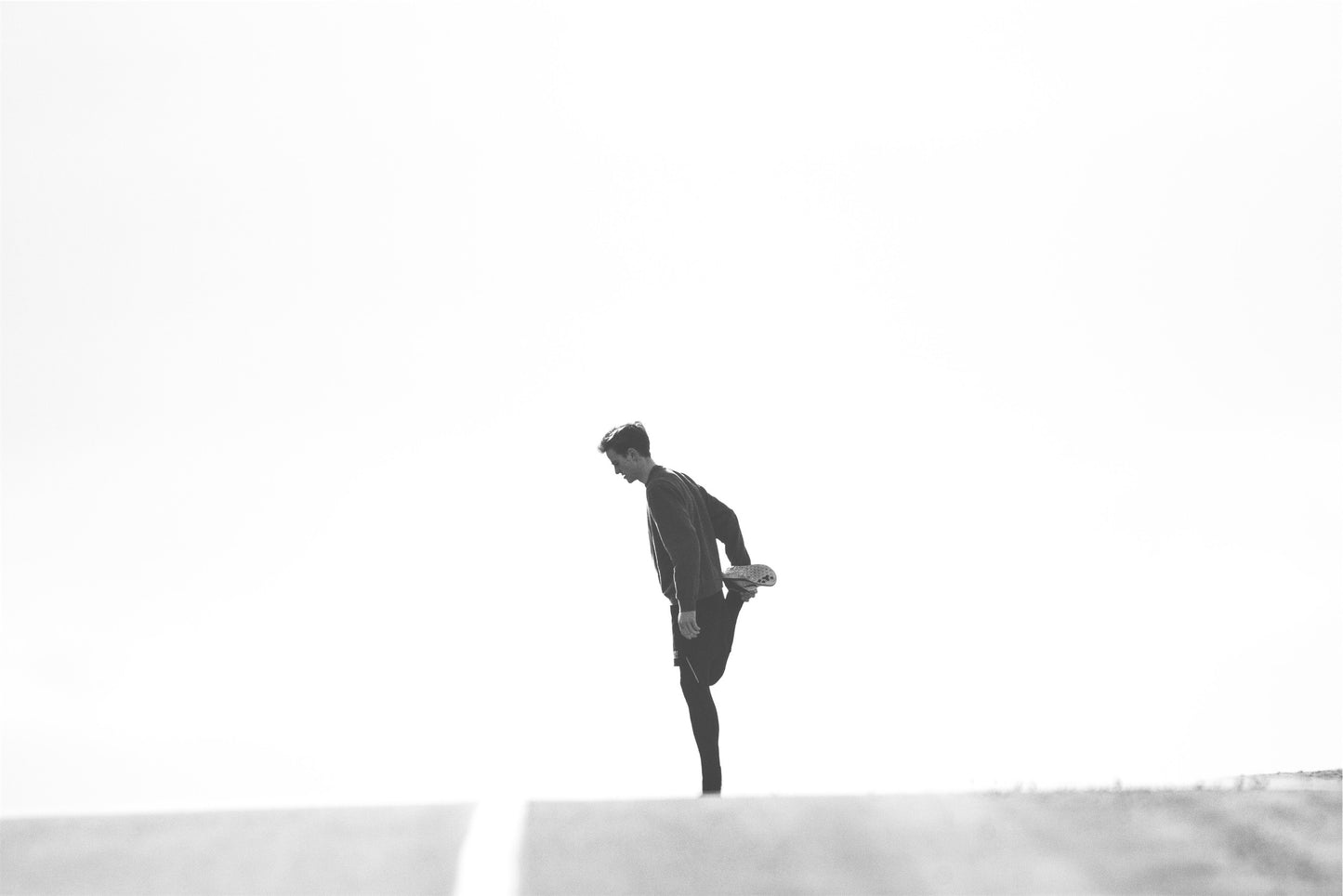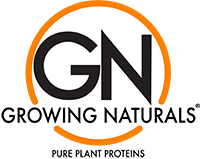
Thinking of starting a workout routine, but dreading the thought? Increasing your physical activity can seem difficult and intimidating at first. The key is to find something that you enjoy doing. (And nourishing your body properly, of course).
Overcoming Challenges
Of course there will always be dozens of excuses drowning your motivation at first, but here are some suggestions to help offset some of those scary thoughts you may be having:- Start slowly! If it's been years since you did some serious physical activity, (aside from getting cleared by your doctor) start off with a 20-30 minute walk. Then work up your intensity week after week. If you give it all you've got on the first day, you may end up not being able to get out of bed the next day (seriously), and that'll probably discourage you from ever doing it again.
- Make realistic goals. Going from no exercise to exercising 5 days a week for an hour is not very realistic. Start with maybe 30 minutes 3 times a week. Make your goals reachable and short-term rather than long-term. After you reach your first goal, make another one.
- Schedule exercise as you would other appointments. Write it into your calendar or sign up/pay for exercise classes in advance, that way to are more likely to be committed to them.
- Exercise with someone. Ask a friend or significant other to exercise with you. Not only is exercise more fun with a buddy, it can help motivate and encourage you to keep you on track--plus the time will go by faster!
- Try new activities. Exercise doesn't have to be boring or monotonous! If you hated walking, then try a yoga class instead. Then intermix yoga with other activities you enjoy. This will help keep you from getting bored with the same routine every time you exercise, and it may also help to target various muscle groups.
- Start at home. If you are intimidated of going to a gym or just can't fit the fee into your budget, start a workout routine at home. There are plenty of online videos or apps with workouts using little to no workout equipment.
- Nourish properly. Physical activity can be very strenuous on the body, especially if you are just beginning a routine. Eating healthy, balanced meals and consuming sufficient protein in general, but especially after a workout can help to reduce muscle soreness, promote better recovery and gradually improve your fitness level.
Choosing the Right Activity
The most important thing to remember is to choose an activity that works for you. This means choosing an activity that you enjoy and that your body can handle physically. It should also fit into your lifestyle and schedule. Here are some ideas:- Walking/jogging (e.g. around your house, neighborhood, or a mall)
- Bicycling, hiking, rock climbing, surfing
- Stretching, tai chi, or yoga
- Staying active around the house (e.g. gardening, raking leaves, shoveling snow, vacuuming, washing your car by hand, etc.)
- Joining an exercise class (e.g. water aerobics, yoga, spinning, zumba, dancing, etc.)
- Getting involved in a sport (e.g. tennis, golfing, bowling, swimming, football, softball, etc.)
- Walking whenever you can (e.g. to the mailbox, walking the dog, parking the car farther away from where you are going, taking the stairs, getting up to change the television channels, etc.)
The American College of Sports Medicine recommends engaging in at least 30 minutes of moderate-intensity activity 5 days a week to improve your health and wellness. Remember, you want to gradually build up to this point. If you try to go for it all at once, you may get injured, become too tired, or discover you are too overwhelmed. Also, keep in mind that you can split up your activity during the day, for example 15 minutes when you first wake up and 15 minutes later in the day.
Reference: Workman E. Exercise: The benefits of increasing your activity. Nutrition411.com. 2010. Available at: http://www.nutrition411.com/component/k2/item/1369-exercise-the-benefits-of-increasing-your-activity
